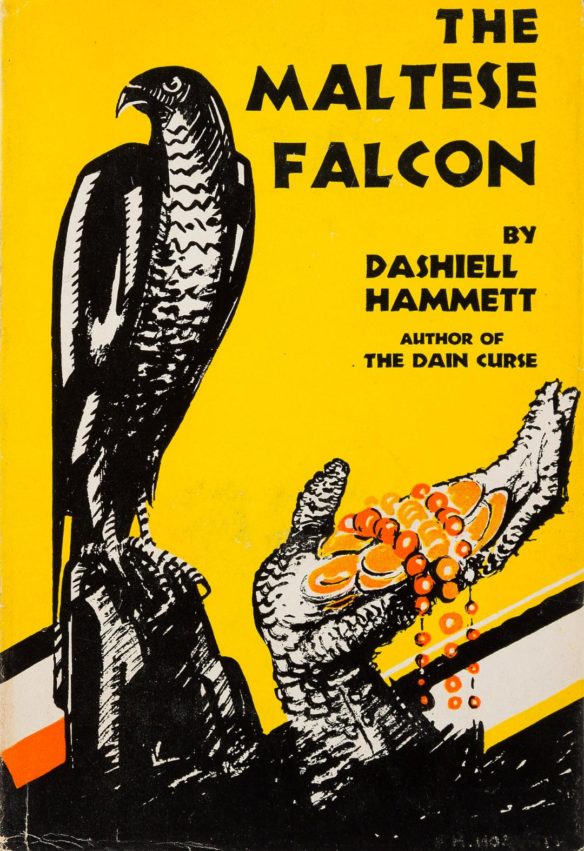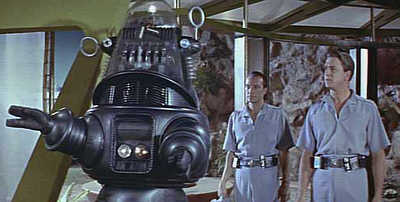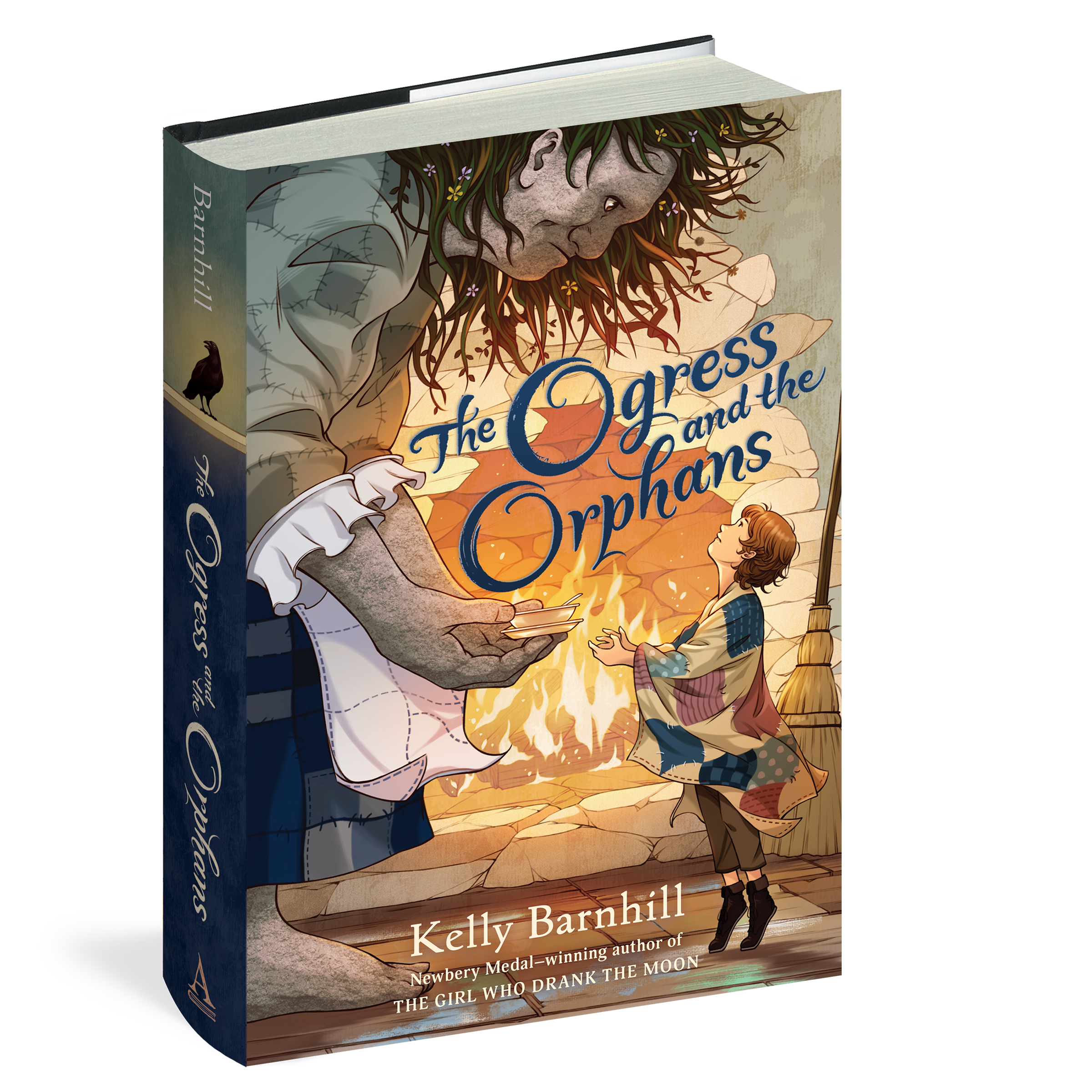(0) Short Scroll today – I’m spending the day at my brother’s watching the Super Bowl.
(1) PROPOSED CHANGE TO COPYRIGHT LAW. In what may be a move to return to the pre-1978 copyright law, H.R. 576 the Copyright Clause Restoration Act of 2023 was introduced on January 26, 2023 by Congressman W. Greg Steube (R-FL-17). The bill can be read at: https://www.congress.gov/bill/118th-congress/house-bill/576/text
It states any copyright work shall endure for 28 years from the original date it was secured and is entitled to a renewal and extension for a further 28 years if the holder applies for that renewal and extension during the one-year period before the expiration of the original term of the copyright, It also includes provisions that specifically apply to a motion picture industry “person” (entity) with a market capitalization of more than $150 billion. They are relief provisions in the sense that they would allow the person to keep holding the rights for up to 10 years after May 1, 2023, which is when licensing starts if enacted.
(2) BOUNDARIES. Joe R. Lansdale testifies on Facebook. Is he addressing a complaint, or just making it into a reductio ad absurdum.?
…Why do you have black characters in your books and gay characters since you are not black or gay?
Because I don’t believe in segregated fiction where one group only writes about their group and no one can make an appearance that isn’t of your group. That’s just stupid. We are all humans and we need to try and know one another. I can get it wrong, but I’m trying to get it right. Write about white people if you like, black, gay, animals, what have you. Writers shouldn’t be subject to that kind of thinking, and the fact people want some form of segregated fiction isn’t good for any of us. We should celebrate our connections, and not forget there are those who are less celebrated than they ought to be. But if you only want to write about one group, go for it. Just don’t tell me that I have to.
If you write about characters unlike you, not of your race or sexual persuasion, then you hear that you shouldn’t. You don’t write about them, then you hear, why aren’t you including them in your work?
I get shit from those who think I’m Woke, and from those who think I’m not.
I’m not a fan of Woke due to the bully aspect. I’m not a fan of the rabidly anti-Woke for the same reason. Neither group gets to tell me what I think or how I think. I think everyone deserves a fair shake….
(3) MEMORY LANE.
1930 – [Compiled by Cat Eldridge.]
Dashiell Hammett’s The Maltese Falcon is without doubt the finest mystery novel ever written. Go ahead and dispute that. You can tell me what you think is the greatest mystery novel.
(It was also made in the greatest mystery film of all time. That is without dispute, I tell you.
No, not the first time it was made in 1930, but 1941 version with Humphrey Bogart as private investigator Sam Spade and Mary Astor as his femme fatale client.
The film is completely faithful to the novel, a tribute to the screenwriter John Huston who also directed.)
Published by Knopf in 1930, it was originally serialized in Black Mask beginning with the September 1929 issue. It’s a tight novel, only a little over two hundred pages depending on the printing.
And now for our Beginning…
SPADE & ARCHER
Samuel Spade’s jaw was long and bony, his chin a jutting v under the more flexible v of his mouth.
His nostrils curved back to make another, smaller, v. His yellow-grey eyes were horizontal. The v motif was picked up again by thickish brows rising outward from twin creases above a hooked nose, and his pale brown hair grew down—from high flat temples—in a point on his forehead. He looked rather pleasantly like a blond satan.
He said to Effie Perine: “Yes, sweetheart?”
She was a lanky sunburned girl whose tan dress of thin woolen stuff clung to her with an effect of dampness. Her eyes were brown and playful in a shiny boyish face. She finished shutting the door behind her, leaned against it, and said: “There’s a girl wants to see you. Her name’s Wonderly.”
“A customer?”
“I guess so. You’ll want to see her anyway: she’s a knockout.”
“Shoo her in, darling,” said Spade. “Shoo her in.”
Effie Perine opened the door again, following it back into the outer office, standing with a hand on the knob while saying: “Will you come in, Miss Wonderly?”
A voice said, “Thank you,” so softly that only the purest articulation made the words intelligible, and a young woman came through the doorway. She advanced slowly, with tentative steps, looking at Spade with cobalt-blue eyes that were both shy and probing. She was tall and pliantly slender, without angularity anywhere. Her body was erect and high-breasted, her legs long, her hands and feet narrow. She wore two shades of blue that had been selected because of her eyes. The hair curling from under her blue hat was darkly red, her full lips more brightly red. White teeth glistened in the crescent her timid smile made.
Spade rose bowing and indicating with a thick-fingered hand the oaken armchair beside his desk. He was quite six feet tall. The steep rounded slope of his shoulders made his body seem almost conical—no broader than it was thick—and kept his freshly pressed grey coat from fitting very well.

(4) TODAY’S BIRTHDAYS.
[Compiled by Cat Eldridge.]
- Born February 12, 1920 — Russ Chauvenet. He co-founded the National Fantasy Fan Federation, with Damon Knight and Art Widner, and was a member of First Fandom. He coined the word “fanzine” in the October 1940 issue of his fanzine Detours and was for many years a member of the Fantasy Amateur Press Association. He later coined prozine, a phrase for professionally published magazines containing SF stories. It looks like he wrote one piece of fanfic called “If I Werewolf”. He shares credit for it with Harry Jenkins, Jr., Elmer Perdue, Jack Speer, Wilson Tucker and Arthur L. Widner, Jr. and it was published in Spaceways, January 1942. (Died 2003.)
- Born February 12, 1929 — Donald Kingsbury, 94. He’s written three novels (Courtship Rite, The Moon Goddess and the Son and Psychohistorical Crisis) that could be akin to the Asimov’s Foundation novels. Clute at EOSF says that the Asimov estate explicitly refused him permission to set Psychohistorical Crisis in the Foundation universe.
- Born February 12, 1933 — Juanita Ruth Coulson, 90. She apparently is well-known for her Children of the Stars books. She co-edited the fanzine Yandro for many years. The magazine won the Hugo in 1965, thus making Coulson one of the very first women editors to be so honored. She’s also known for being an excellent filker. She was inducted into the Filk Hall of Fame in 1996. She was nominated for several Pegasus Awards for filk music, winning the award for Best Writer/Composer in 2012.
- Born February 12, 1942 — Terry Bisson, 81. He’s best known for his short stories including “Bears Discover Fire,” which won the Hugo Award and the Nebula Award and “They’re Made Out of Meat.” His genre novels include Talking Man, Wyrldmaker and a rather superb adaptation of Johnny Mnemonic that was far better than the film ever could be.
- Born February 12, 1954 — Stu Shiffman. To quote Mike in his post, he was “The renowned fan artist, who generously shared his talents in fanzines, apas and convention publications, received the Best Fan Artist Hugo Award in 1990 and the Rotsler Award in 2010.” You can read Mikes’ gracious full post on him here. (Died 2014.)
- Born February 12, 1962 — Steve Szilagyi, 61. This is going to get very meta. Photographing Fairies, his first novel, was short-listed for the 1993 World Fantasy Award. But the novel itself is based on the Cottingley Fairies hoax so is the novel a metanarrative? Ok I’ve been up too long again. At any rate the film made from the novel which starred Ben Kingsley was most excellent.
- Born February 12, 1963 — Laura Miller, 60. Author of an essay whose title tickles me to the end: “It’s Philip Dick’s World, We Only Live In It“. Originally appearing in the New York Times, 24 November 2002, it was reprinted in PKD Otaku, #9 which you can download here.
(5) TRIVIAL TRIVIA. Jays Classic Horror introduces us to the real star of Forbidden Planet.
Robby the Robot was built by ex-washing machine designer Robert Kinoshida who said, “I remember on the first day of filming, the crew stood around wondering ‘What the hell is this thing gonna do?'”
Robby was made of: metal, plastic, rubber, glass, and Plexiglas. The plastic parts were made using the then new technology of vacuum-forming heated plastic over wooden molds. He stands just over 7-feet tall, made in three detachable sections with a very detailed head.
Two stunt men took turns being inside Robby to operate him. An off-camera actor spoke Robby’s lines into a microphone that ran a cable to Robby’s foot and up to a voice-activated circuit that lit-up blue, neon tubes as he spoke.
Later, actor Marvin Miller dubbed in Robby’s final voice. Miller was the man that gave out the checks in TV’s The Millionaire series….

(6) NEVER SAY…. “’The Nevers’ Unseen Episodes Will Stream on Tubi” reports Collider.
HBO’s The Nevers has found a new home after it was unceremoniously axed and pulled from HBO Max. On Friday, it was confirmed that Tubi landed the exclusive streaming rights to the drama series and will stream all six episodes starting Monday, February 13. On top of that, six previously-unseen episodes will air beginning on Tuesday, February 14 starting at 2:38 p.m. ET and wrapping with Episode 12 on Wednesday, February 15 at 4:50 p.m. ET….
(7) DÉJÀ VU. Ars Technica noticed that “Another Russian spacecraft docked to the space station is leaking”.
Russia’s state-owned space corporation, Roscosmos, reported Saturday that a Progress supply ship attached to the International Space Station has lost pressure in its external cooling system.
In its statement, Roscosmos said there was no threat to the seven crew members on board the orbiting laboratory. NASA, too, said the hatch between the Progress MS-21 vehicle and the space station was open. Notably, the incident with the supply ship came within hours of the safe docking of another Progress ship, MS-22, which is in good health.
Although the initial Roscosmos statement was vague about the depressurization event, Dmitry Strugovets, a former head of space agency Roscosmos’ press service, later clarified it was a coolant leak. “All of the coolant has leaked out,” he said via Telegram.
This is the second Russian spacecraft to suffer a cooling system leak in less than two months at the space station….
[Thanks to Andrew Porter, Michael Toman, Cat Eldridge, Linda Deneroff, Mike Kennedy, John King Tarpinian, and Chris Barkley for some of these stories. Title credit belongs to File 770 contributing editor of the day by Ingvar.]




